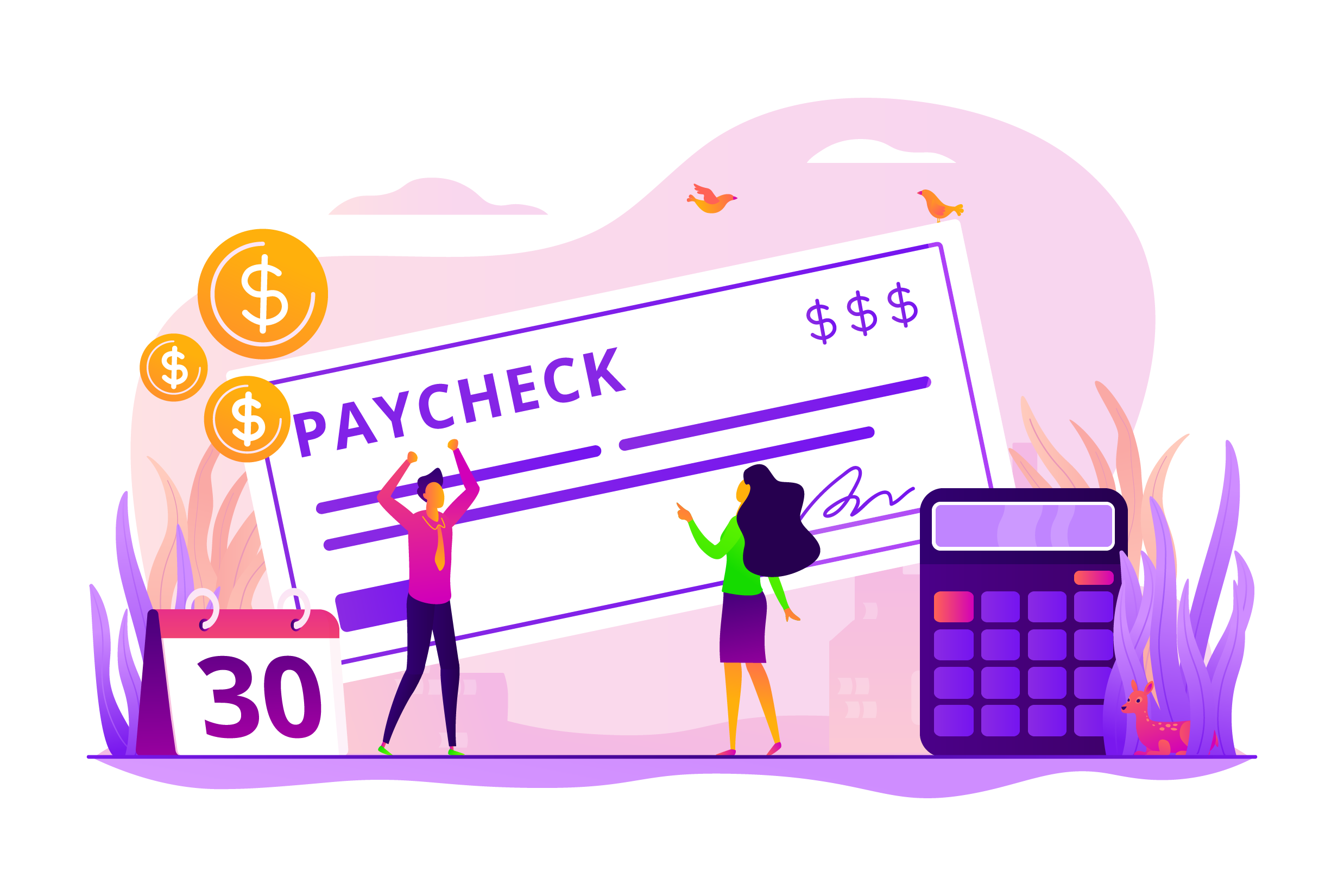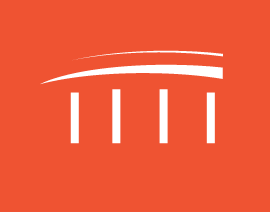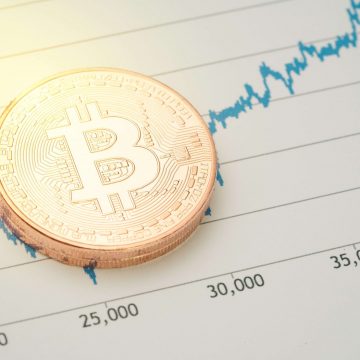
It is too late to apply under the CARES Act Paycheck Protection Program, but another chance to borrow has been rolled out under new legislation.
Learn More About PPP Second DrawUpdated April 7, 2020 2:38 PM
On March 27, 2020, President Trump signed into law the Coronavirus Aid, Relief, and Economic Security Act (the “CARES Act”), which was passed by the U.S. House of Representatives on the same day and by the U.S. Senate two days prior. Certain provisions of the CARES Act become effective retroactive to earlier dates, but most of the newly enacted laws under the CARES Act become effective on the date of enactment- March 27, 2020.
One of the provisions of the CARES Act is the Paycheck Protection Program (“PPP”), which provides certain business access to certain loans to pay certain expenses due to hardships faced by the COVID-19 outbreak and related disruptions. One of the key parts of this legislation is the potential for forgiveness of the PPP loan. This memorandum provides a summary of the PPP, further guidance should follow in the form of Federal regulations.
On March 31, 2020, the Small Business Administration (“SBA”) and U.S. Treasury Department released additional information, including a draft of the application form to be used by borrowers and lenders. Two days later, on April 2, 2020, the SBA and Treasury released yet more information, some of which directly changed what was released on March 31. Additional guidance is expected to be released regularly.
The CARES Act appropriates $349 billion towards PPP loans. There is heavy interest in this program and it is expected that loan applications will be very high. Because there is a limited amount available, it will be “first come, first served” when it comes to receiving funds, and, unless Congress appropriates more money, the program will be closed once all of the funds are loaned. Therefore, interested borrowers must act quickly. The SBA and Treasury Department stated on March 31, 2020 that lenders will be able to begin processing application on Friday, April 3, 2020.
Who is eligible?
- PPP loans are generally available to an employer (1) that has been in business since at least February 15, 2020, (2) paid certain payroll costs within the previous year, and (3) has 500 or fewer employees.
- If the business has a primary North American Industry Classification System (NAICS) Code that, according to SBA’s size standards, assigns a higher threshold number of employees in order to qualify as a “small business”, such higher number of employees will apply.
- Employees of affiliates of the borrower may be included in determining the total number of employees.
- The SBA’s affiliation standards are waived for small businesses (1) in the hotel and food services industries; or (2) that are franchises in the SBA’s Franchise Directory; or (3) that receive financial assistance from small business investment companies licensed by the SBA.
- Sole proprietors, independent contractors, and “eligible self-employed individuals” are also eligible to receive PPP loans.
- An eligible self-employed individual, independent contractor, or sole proprietorship seeking a covered loan must submit such documentation as is necessary to establish such individual as eligible, including payroll tax filings reported to the IRS, Forms 1099–MISC, and income and expenses from the sole proprietorship.
How much can be borrowed?
- The maximum PPP loan available to any borrower is the lesser of (1) 2.5 times the average monthly payroll costs of the borrower over the year prior to the making of the loan, or (2) $10 million.
- In determining payroll costs, the amount of compensation that exceeds $100,000 is not counted. In other words, up the first $100,000 of an employee’s salary counts for purposes of determining average monthly salary (as prorated to a monthly amount).
- The CARES Act’s wording indicates that in calculating payroll costs, amounts paid to independent contractors and sole proprietors that is “a wage, commission, income, net earnings self-employment, or similar compensation and that is in an amount that is not more than $100,000 in 1 year, as prorated for the covered period” are includable.
- However, that does not appear to be the intent. The SBA’s Interim Final Rule released on April 2, 2020 states “[I]ndependent contractors have the ability to apply for a PPP loan on their own so they do not count for purposes of a borrower’s PPP loan calculation.”
- The CARES Act, in spelling out what is includable with respect to independent contractors and sole proprietors, likely intended only to say something like, “Here is what sole proprietors and independent contractors include in calculating their own loans”, and not, “Employers- in addition to costs related to your own employees, you can also include these types of payments to sole proprietors and independent contractors in calculating your loan amount.”
- Therefore, a borrower cannot include amounts paid to independent contractors in determining the loan amount
- An FAQ released by the SBA on April 6, 2020 states that applicants may, but are not required to, use calendar 2019 payroll costs in determining the loan amount (versus the 12 month period preceding the date the loan application is filed, which is what the CARES Act requires).
- Thus, borrowers can apparently determine which period results in a higher payroll cost calculation- calendar year 2019 or the 12-month period preceding the date of application- and use such period in applying for the loan, resulting in a higher loan amount.
- There has been some uncertainty about whether Federal payroll taxes paid by the employer (FICA and Medicare) should be includable as payroll costs for purposes of determining the loan amount.
- The Act specifically excludes these costs “during the covered period” (February 15, 2020 through June 30, 2020) for purposes of calculating the maximum loan amount.
- The implication, therefore, is that payroll taxes paid before February 15, 2020 are includable.
- In an FAQ released late on April 6, 2020, the SBA takes the position that Federal payroll taxes, no matter when paid, cannot be included in the calculation of the maximum eligible loan amount.
- Despite this interpretation by the SBA, the SBA in its FAQ makes references to the payroll costs being a “gross” calculation and also to “the legislative purpose of ensuring workers remain paid and employed.” Because it is employers who decide whether workers remain paid and employed, and Federal payroll taxes figure into an employer’s gross calculation of its costs to pay workers, it seems to follow that the Federal payroll tax obligation would be includible for determining the maximum loan amount since those taxes are a burden on the employer. Yet, the SBA appears to believe otherwise.
- (It should be noted that the SBA’s FAQ says, “This document does not carry the force and effect of law independent of the statute and regulations on which it is based.”)
- So, should an applicant include Federal payroll taxes paid prior to February 15, 2020 in determining its loan amount?
- The Act itself indicates yes and the legislative intent cited by the SBA agrees (as does U.S. Senator Marco Rubio who said in a tweet on April 4, 2020: “[O]ur intent when writing the [CARES Act] [was] that gross payroll would be applied to calculation to ensure federal tax withholding & FICA burden isn’t on small business.”)
- The SBA’s FAQ shows that the SBA does not believe those costs are includable.
- Applicants therefore need to make a decision: (1) exclude those costs, virtually eliminating the risk of challenge by SBA, but also reducing the potential maximum loan amount; or (2) include those costs, increasing the maximum loan amount, but also being at greater risk of challenge by the SBA in the future.
- Based on the foregoing, we are unable at this time to provide a definitive answer about whether Federal payroll taxes are or are not includable in determining the maximum loan amount.
- The foregoing uncertainty only related to whether such taxes can be used in determining the loan amount. The loan funds cannot be used to pay Federal payroll taxes after the loan is received and any funds used for that purpose will not be forgivable (described more below).
What are the allowable uses of borrowed funds?
- Borrowers can use the borrowed funds for payment of a variety of qualified expenses, including:
- Payroll costs (but not to pay compensation in excess of $100,000, as prorated)
- Continuation of health care benefits
- Other employee compensation
- Mortgage interest obligations (no prepayments of interest or payments of principal)
- Rent
- Utilities
- Interest on debt incurred before February 15, 2020.
What is the interest rate and repayment term?
- The Act says that PPP loans will bear interest at rate not to exceed 4% and mature no later than 10 years after determination of the amount, if any, to be forgiven (discussed below).
- According to information released by the SBA and Treasury Department on March 31, 2020, the interest rate is 0.5% and the repayment term is 2 years.
- It is unclear whether the rate can or will be increased, and whether the term can be extended beyond two years (but not to exceed 10 years).
- No payments are due during the first 6 months following the grant of the loan. However, interest will accrue during such 6-month period.
Who makes the loan? What are other application requirements?
- PPP loans will be made by lenders who are currently approved to make loans under Section 7(a) of the Small Business Act (“7(a)”) or who are otherwise approved by the SBA and the Treasury Department to become PPP lenders.
- This is not direct loan from the SBA to borrowers.
- Therefore, borrowers should first contact their regular bank (assuming the bank is an approved 7(a) lender or otherwise approved by the SBA or Treasury Department).
- PPP lenders are delegated authority to make and approve PPP loans, with no additional SBA approval required. PPP lenders are only required to consider whether an applicant was in operation on February 15, 2020, and either had employees for whom it paid salaries and payroll taxes or paid independent contractors.
- Unlike with other 7(a) loans, applicants are not required to show that credit is unavailable elsewhere or demonstrate repayment ability.
- Borrowers and each 20% or greater owner of such borrowers must make certain certifications when applying for a PPP loan, including:
- That “the uncertainty of current economic conditions makes necessary the loan request to support the ongoing operations” of the borrower; and
- That “funds will be used to retain workers and maintain payroll or make mortgage payments, lease payments, and utility payments”. (More on this below.)
- PPP loans are backed by a 100% guaranty from the SBA.
- PPP loans have no collateral or personal-guarantee requirements (unlike other 7(a) loans). There will be no recourse to owners of borrowers for nonpayment, except to the extent proceeds are used for an unauthorized purpose or the funds are fraudulently obtained.
- For PPP loans, prepayment penalties, the guaranty fee, and annual fee, which are all applicable to other 7(a) loans, have been waived.
- Lenders are entitled to rely on certifications given by borrowers. Thus, lenders need not conduct extensive due diligence to confirm that amounts requested by borrowers are correct. Any liability arising from errors in the application will generally be borne by the borrower.
What are the terms of loan forgiveness?
- The CARES Act says that borrowers will be “eligible” to have the loan forgiven to the extent that the loan proceeds are used for the following costs incurred and payments made during the eight-week period after the loan is made:
- Payroll costs (excluding Federal payroll taxes paid during the 8-week period);
- Group healthcare benefit costs and insurance premiums;
- Mortgage interest (but not prepayments or principal payments) and rent payments on mortgages and leases in existence before February 15, 2020;
- Certain utilities, including electricity, gas, water, transportation, and phone and Internet access for service that began before February 15, 2020; and
- Additional wages paid to tipped employees.
- Only up to 25% of the loan funds used for allowable purposes other than payroll costs will be forgiven.
- The SBA Interim Final Rule released on April 2, 2020 also indicates that no more than 25% of the loan proceeds can be used at all to pay non-payroll costs, regardless of forgiveness.
- The funds must be actually used during the 8-week period beginning on the date the loan is originated.
- The amount forgiven is reduced based on failure to maintain the average number of full-time equivalent employees during the perioded February 15, 2020 through June 30, 2020, as compared to the period from either February 15, 2019, through June 30, 2019, or January 1, 2020, through February 29, 2020, as selected by the borrower.
- This is intended to incentivize borrowers to not make layoffs.
- The amount forgiven is also reduced to the extent that compensation for any individual making less than $100,000 per year is reduced by more than 25% measured against the most recent full quarter.
- This is intended to incentivize borrowers to not cut compensation.
- Reductions in the number of employees or compensation occurring between February 15, 2020 and 30 days after enactment of the CARES Act will generally be ignored to the extent reversed (i.e., new employees hired, laid-off employees re-hired, and/or compensation restored) by June 30, 2020.
- Forgiven amounts will not constitute cancellation of indebtedness income for Federal income tax purposes.
Is loan forgiveness guaranteed if the funds are used for eligible purposes during the 8-week period?
- The CARES Act says that borrowers will be “eligible” to have the loan forgiven, which might indicate that forgiveness is not assured. However, the SBA and Treasury Department have since stated multiple times that the loan will be forgiven if used for the eligible purposes described above within the 8-week period.
- To receive forgiveness, a borrower submits a request to the lender that made the loan. The request will include documents that verify the number of full-time equivalent employees and pay rates, as well as the payments on eligible mortgage, lease, and utility obligations. The borrower must certify that the documents are true and that it used the forgiveness amount to keep employees and make eligible mortgage interest, rent, and utility payments. The lender must make a decision on the forgiveness within 60 days.
- We interpret this to mean that lenders are responsible for making sure the funds were used for the right purposes within the 8-week time period. If so, the lender is not authorized to deny forgiveness.
Is interest that accrues during the 8-week period forgiven?
- Legal and financial professionals previously had differing opinions on this issue. On the one hand, the CARES Act twice states that the maximum forgiveness cannot exceed the principal amount of the loan. On the other hand, the SBA’s Interim Final Rule released on April 2, 2020 says, “The amount of loan forgiveness can be up to the full principal amount of the loan and any accrued interest.”
- Therefore, it appears that interest on the principal amount that is forgiven will also be forgiven.
What is the impact of having other SBA loans?
- Under separate Federal law, Economic Injury Disaster Loans are also currently available from the SBA right now (these are loans made directly by the SBA). Borrowers who take out disaster loans can also take PPP loans to the extent that the disaster loan is used for purposes other than those permitted for PPP Loans.
- Disaster loans may be refinanced with proceeds of PPP loans, in which case the maximum available PPP loan amount is increased by the amount of disaster loans being refinanced. (Any advance payment of a disaster loan that is not required to be repaid is subtracted from the borrower’s maximum PPP loan amount.)
What should borrowers do to prepare?
- Contact your bank!
- Begin gathering as quickly as possible payroll records (including payroll tax records), documentation of health insurance premiums paid, retirement plan funding records, all for the previous 12 months or calendar year 2019.
- Different lenders may ask for different records so do not rely on request lists made available from lenders other than your own. While some guidance has already come from the SBA and Treasury Department, continued guidance on the PPP and other parts of the CARES Act will be released from time to time and we will provide updates, as necessary, once such guidance is released. Please be advised that this writing is intended to provide only a summary of the PPP, based on the information available as of the time of publication. Additional or new guidance released by the SBA or Treasury after the date of publication hereof may render parts of this writing no longer applicable or correct. This writing should not be deemed to be, or relied upon as, a comprehensive guide, an opinion regarding your qualification for a PPP loan, or an opinion that you should or should not pursue a PPP loan.
If you are interested in learning more about PPP loans, SBA disaster loans, or any other part of the CARES Act or other newly enacted law, please contact your Carlile Patchen & Murphy LLP attorney with any questions.





0 Comments